

Lifestyle
What Are Blank Hoodies Wholesale? How Can Businesses Benefit From It
Wholesale blank hoodies make up a considerable portion [ ]
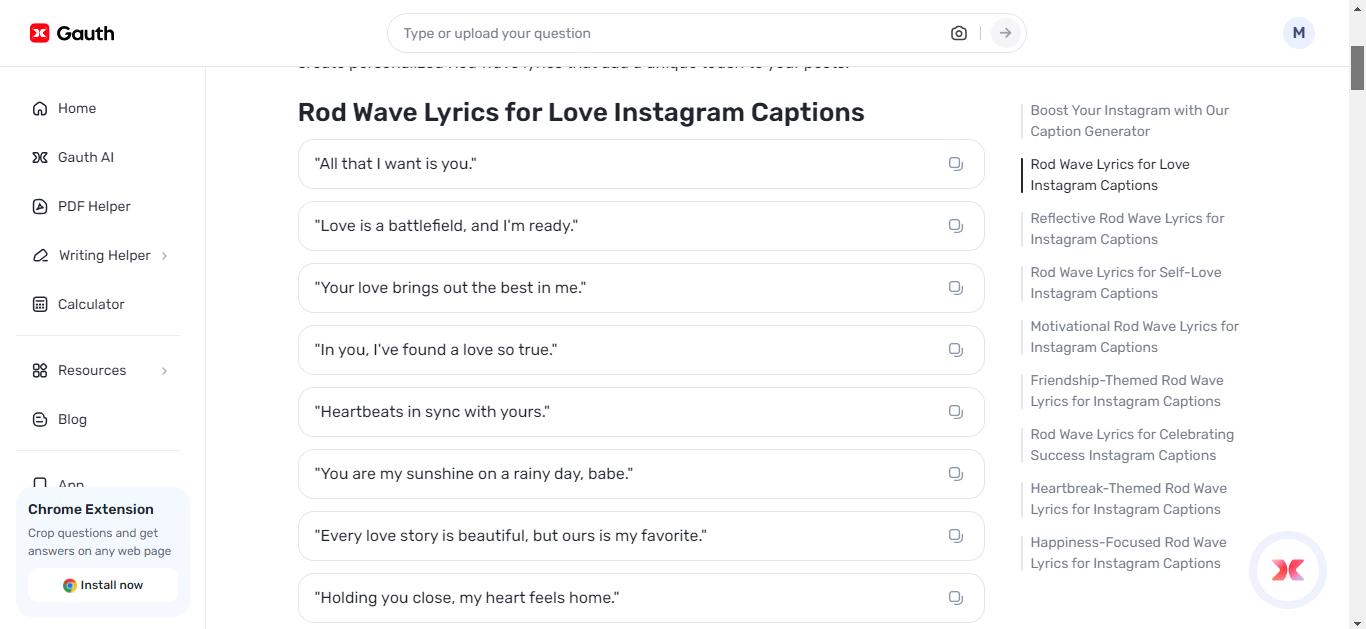
Lifestyle
A Complete Guide of Using Gauth to Capture Emotions with Rod Wave Captions
The way marketers, social media aficionados, and conten [ ]

Recreation
How Are Sports Court Tiles’ Quality Differences Affected By Price Points?
The excellent sports flooring is made through ZSFloor T [ ]
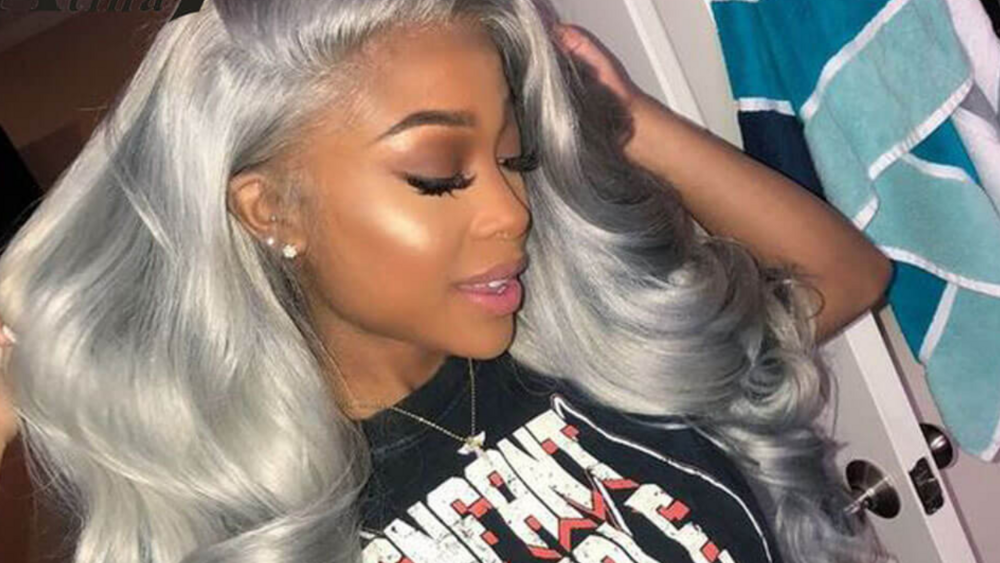
Lifestyle
5 Mistakes to Avoid While Wearing Silver Wigs
Welcome to our comprehensive guide about the things tha [ ]

Recreation
What to do with your OSRS Gold?
Runescape gold is a very fascinating topic, and today w [ ]

Lifestyle
Attractive 613 Lace Wig Change Your Looks
Hairstyle completely changes your personality. So, chan [ ]
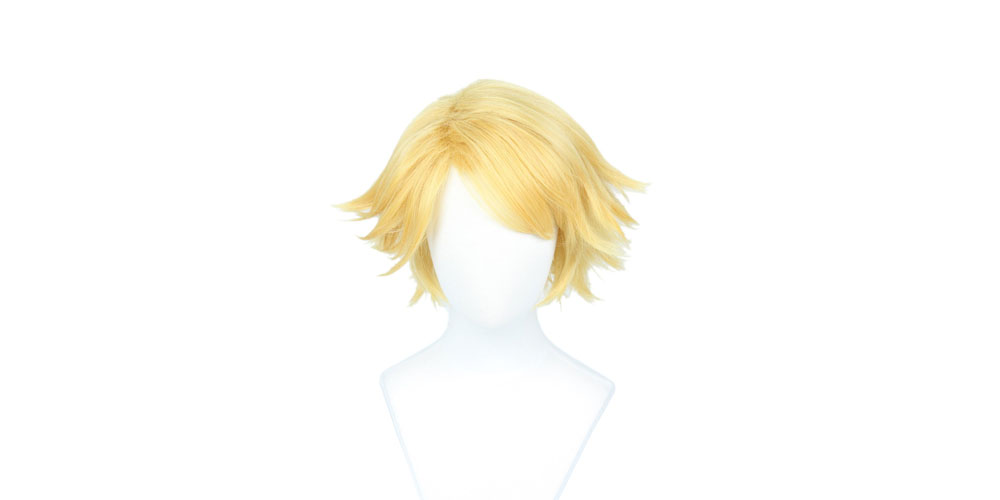
Lifestyle
Get Natural Blonde Hair with Affordable Blonde Wigs
Are you willing to get natural blog hair? But deep insi [ ]
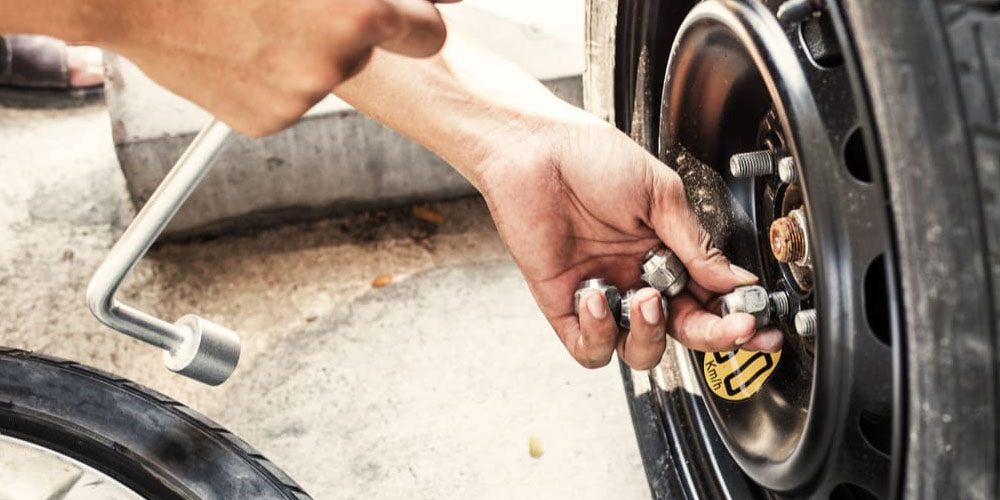
Lifestyle
Reasons Behind Lug Nuts Loosening From Stud
The lug nuts of your vehicle may be loose or damaged af [ ]
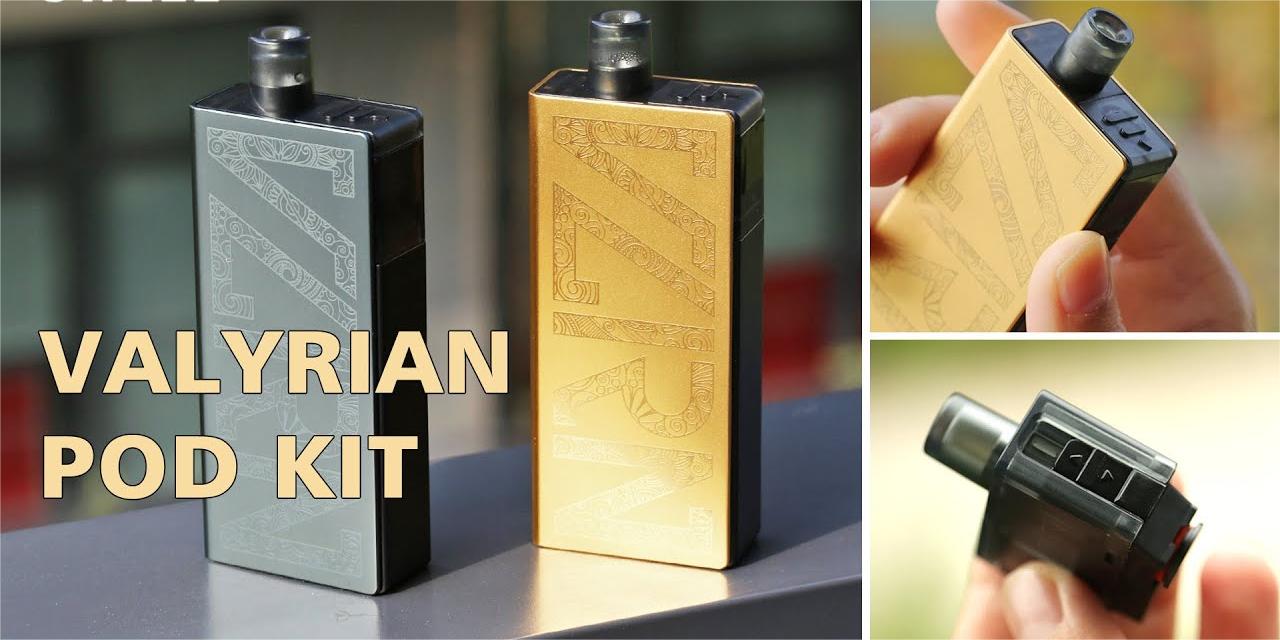
Lifestyle
Difference Between Uwell Whirl S2 And Uwell Valyrian III Kit?
Uwell whirl S2 and Uwell Valyrian III are both vaping p [ ]

Recreation
Why People Love How To Buy Futcoins From buyfromfifa?
Buyfromfifa is a website that ensures you get smooth tr [ ]

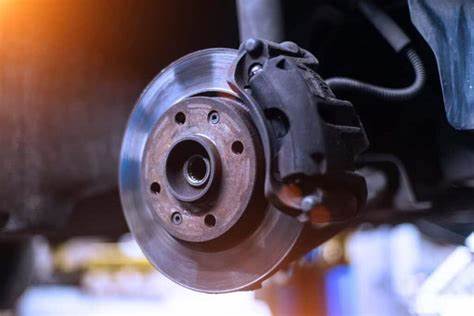
Car
What is a car brake caliper and how to check signs of bad calipers?
It is used in the front brakes of cars; brake calipers [ ]
